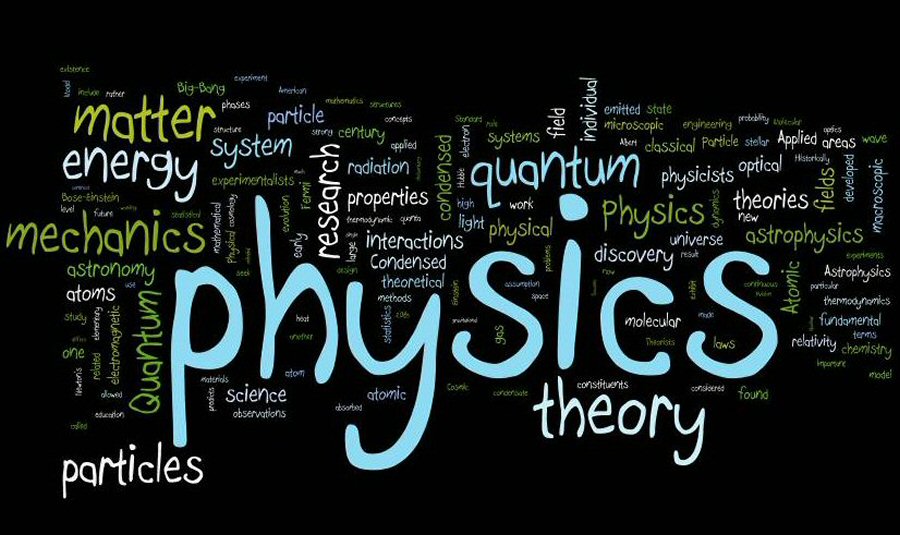Cycling and Physics
It is time to connect cycling and Physics concepts. The good news is the concepts that explain cycling are ones you are familiar with, and most likely have spent hundreds of dollars on devices that measure them.

Key Physical Cycling Concepts
Here are the key concepts used to describe physical cycling.
- Physical objects are inertial. They stay at rest or move in straight lines with constant velocities. When you are coasting, it is the inertial motion of the cycle that keeps you moving.
- Physical objects only deviate from their inertial states when they are “forced to.” Forces are pushes and pulls that force an object to deviate from straightline motion. .
- Work measures the total effort to move an object a distance against a force independent of the time it takes. In cycling, we deal with two types of work. The first is work done by the cyclist pedaling, and the second is the effort to move the CyclistCycle forward against the cycling forces. When we say total effort, we mean the effort independent of how long it takes.
- Power defines how much work must be performed be performed per unit time to complete a task in a given time duration. It adds in the length of time to perform the work. Unlike work, it can vary depending on how quickly the task needs to be completed.
- Objects can be energized to perform work on their own. A cycle is capable of moving without the cyclist pedaling. This is because the cyclist has energized the cycle by giving it motion and/or moving to an elevation. Energy discussions shift the focus from the cyclist to the cycle.
- A cyclist “stores” energy in its motion or elevation. The cyclist “reclaims” the stored energy by coasting or descending. Energy stored in cycle motion is called Kinetic Energy, while in cycle position is called Potential Energy.
What else do I need to know?
If you understand these, you have most of what you will need. The next pages elaborate on these concepts.
